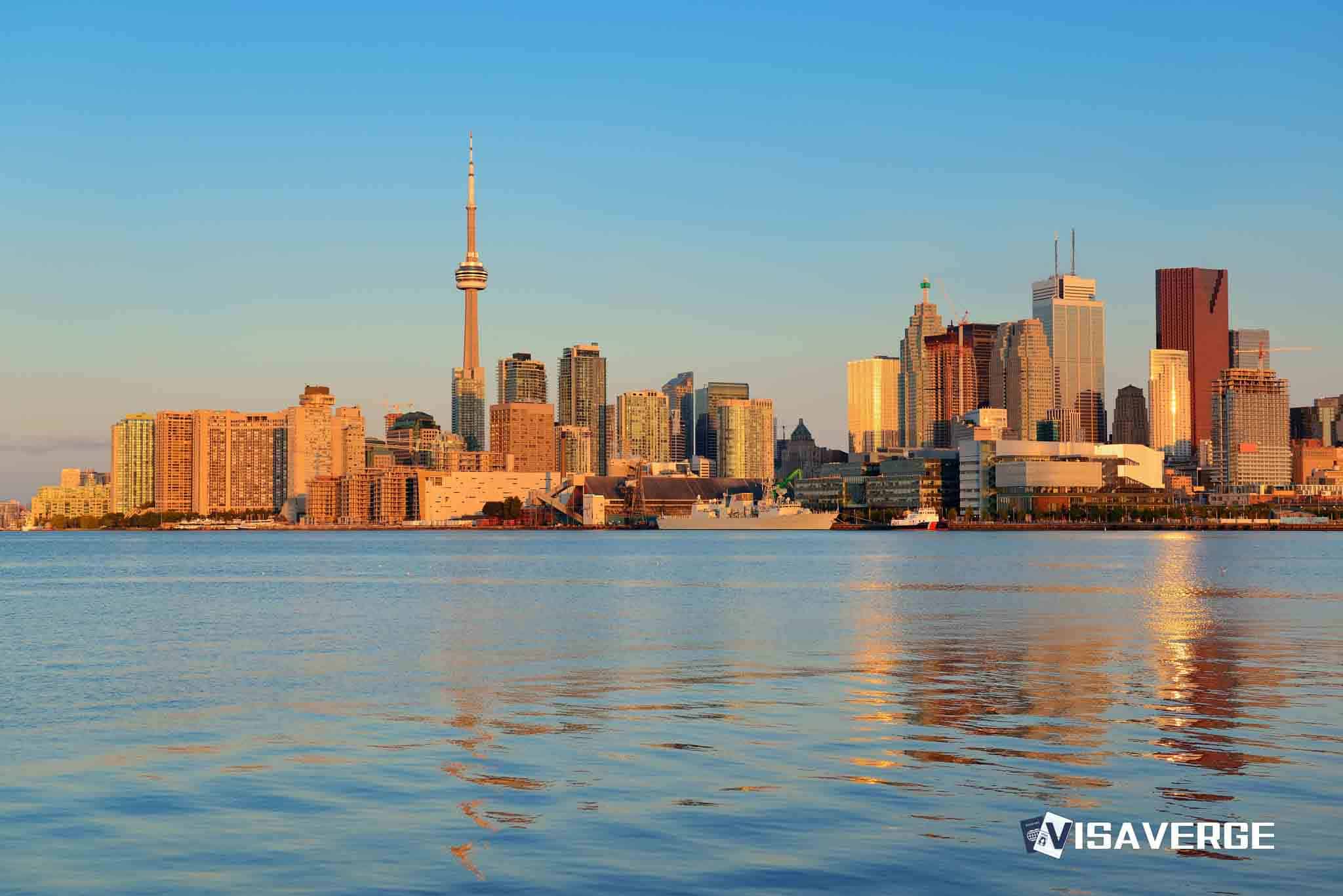Key Takeaways
- Canada’s policy changes and economic factors may reduce temporary foreign workers, affecting diverse regional sectors significantly.
- High local unemployment rates influence reductions in temporary workers, impacting agriculture, hospitality, and food processing sectors.
- Businesses might face labor shortages, exerting pressure for automation and boosting domestic job prospects in Canada.
Several regions in Canada 🇨🇦 are on the brink of experiencing a reduction in temporary foreign workers due to a combination of new policy changes and economic factors. This shift is poised to impact diverse sectors and regions, as local unemployment rates, industry composition, and wider economic trends set the stage for adjustments.
Atlantic Canada:
Provinces such as Newfoundland and Labrador, Nova Scotia, and New Brunswick have traditionally relied on temporary foreign workers, especially in seafood processing and agriculture. However, with unemployment rates exceeding 6% in several areas, these regions may experience noticeable reductions in this workforce segment. The fishing and farming sectors are anticipated to be particularly affected by the new policies.

Alberta:
The downturn in the oil and gas sector has seen unemployment rates in Alberta hover between 6-7% in recent years. This economic backdrop may prompt restrictions on low-wage temporary foreign workers in urban centers like Calgary and Edmonton. Sectors such as hospitality and food services, which have historically leaned on these workers, may need to rethink their hiring strategies.
Northern Territories:
Characterized by unique labor market challenges due to isolation, these territories have often turned to temporary foreign workers in industries like mining. However, stricter regulations could complicate efforts to address labor shortages in these sparsely populated areas.
Southern Ontario:
Manufacturing hubs and agricultural zones in southern Ontario employ numerous temporary foreign workers. Yet, some localities are witnessing unemployment rates above 6%, potentially leading to reductions. Key industries, including the greenhouse and food processing sectors, may be significantly impacted.
Quebec:
In Quebec, the number of temporary foreign workers has more than doubled between 2021 and 2023. Despite this increase, new federal policies and the province’s specific immigration objectives suggest reductions, particularly in low-wage sectors like retail and food services.
British Columbia:
Although B.C. enjoys a generally low overall unemployment rate, certain regions and sectors might still see a decline in temporary foreign workers. The hospitality sector in tourism-dependent areas and agricultural businesses in the Okanagan Valley are expected to face adjustments.
The regional shifts in temporary foreign worker programs are influenced by several critical factors:
– Local unemployment rates: The benchmark of 6% sets a threshold for curtailing the influx of low-wage temporary foreign workers.
– Industry composition: Sectors heavily dependent on temporary workers, such as agriculture, food processing, and hospitality, are likely to face the most significant changes.
– Provincial policies: Provincial interventions may either tighten or relax rules to align with federal changes.
– Economic conditions: Broader trends, including pandemic recovery and potential economic slowdowns, affect labor requirements.
– Housing availability: Severe housing shortages in some areas could amplify pressures to reduce temporary residents.
The ripple effects of these reductions are profound. Businesses may encounter labor shortages and wage increases, potentially driving up consumer prices or limiting services. There’s a possibility of increased investments in automation to offset limited human resources. Improved job prospects for domestic workers, including recent immigrants and younger Canadians, could emerge as businesses transition to new realities. However, in the short term, regional economic growth may decelerate as industries adjust. Furthermore, there may be heightened advocacy for permanent residency pathways for current temporary workers to retain valuable skills within Canada.
As reported by VisaVerge.com, the landscape for temporary foreign worker programs in Canada 🇨🇦 is set for ongoing change. Policymakers face the challenge of balancing economic demands, demographic shifts, and social considerations. Monitoring the effectiveness of these policy changes in addressing housing, infrastructure, and wage concerns will remain crucial. Stakeholders, including businesses, worker advocates, and communities, should be central to discussions as the country’s immigration and labor strategies evolve. For detailed information on Canada’s temporary foreign workers, the Government of Canada’s official Temporary Foreign Worker Program page provides authoritative insights.
Learn Today
Temporary Foreign Workers: International workers employed in Canada for a specific period, often in sectors needing additional labor.
Unemployment Rates: Percentage of the labor force that is jobless and actively seeking employment, influencing labor market policies.
Provincial Policies: Regulations implemented by individual Canadian provinces, affecting local labor markets and immigration strategies.
Economic Conditions: Overall state of an economy, influenced by factors like unemployment, inflation, and growth, impacting labor demand.
Automation: Use of technology and machinery to perform tasks with minimal human intervention, often as a response to labor shortages.
This Article in a Nutshell
Canada’s temporary foreign worker landscape is shifting due to policy and economic changes. Atlantic Canada, Alberta, and Quebec, among others, will experience workforce reductions, impacting industries like agriculture and hospitality. Businesses face labor shortages, prompting higher wages and potential automation. This transformation may boost domestic job prospects while challenging regional economies.
— By VisaVerge.com
Read more:
• Marc Miller Announces Changes to Canada’s Immigration Targets
• Canada Increases Rejections for Visa Applications: International Students and Temporary Foreign Workers
• Spousal Sponsorship and Open Work Permits for Family Reunification in Canada
• Punjabi Youth Shift to Student Visas as Canada Halts Work Permits
• Canada To Welcome 500,000 Immigrants by 2025











